
In a world where technology evolves rapidly, developers who stay ahead of the curve gain major advantages. If you’re already comfortable with mainstream languages like Python, JavaScript or Java, then shifting your focus to emerging languages is a smart move. These languages aren’t just novelties, many are designed to solve specific modern-day problems (AI, concurrency, system-level performance, safety, etc.).
Whether you’re exploring new frameworks or offering website development services in Pakistan, understanding emerging programming languages can give you a serious competitive edge.
In this guide we’ll explore seven languages that are showing strong momentum, meaningful niche uses, and potential to become more widely adopted. For each language: what it is, why it matters, where and how to start learning it. By the end you’ll have a clearer roadmap of what to pick up next.
Table of Contents
I. Top 7 Emerging Programming Languages Developers Should Learn
1. Rust
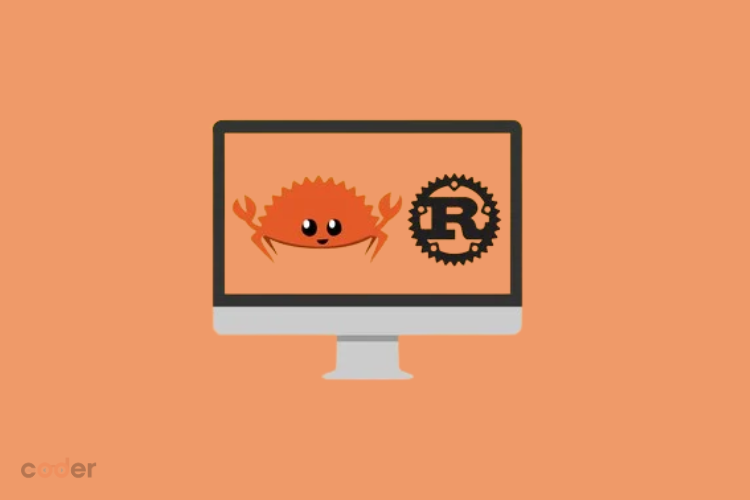
Why learn Rust
Rust has been steadily gaining respect among developers for its focus on safety, concurrency, and performance. It’s often discussed as the future of systems programming (a safer alternative to C or C++).
Especially in contexts where memory safety, low-latency or high-throughput matter (embedded, blockchain, servers) Rust is making a mark.
What sets it apart
- Enforces memory safety without a garbage collector, this matters for performance-critical code and reliability.
- Strong concurrency model, modern syntax, and actively improving tooling.
- Because many legacy systems are built in C/C++, migrating or interoperating with Rust is becoming viable, making it future-proof.
- A 2025 survey indicated strong interest in Rust: e.g., among devs not currently using Rust, nearly 30% stated they want to learn it.
When you should pick it up
If you’re working on or moving toward system-level code (OS, drivers, embedded), blockchain apps, high-performance back-ends, or you simply want a “next-step” language after C++ whose syntax remains friendly and modern, Rust is a strong pick.
How to get started
- Start with “The Rust Programming Language” (commonly known as The Book).
- Build a small project: for example, a command-line tool or a micro-service.
- Explore the ecosystem: like ‘tokio’ (async I/O), ‘actix’ (web), and see how Rust handles concurrency & safety differently than mainstream languages.
2. Julia
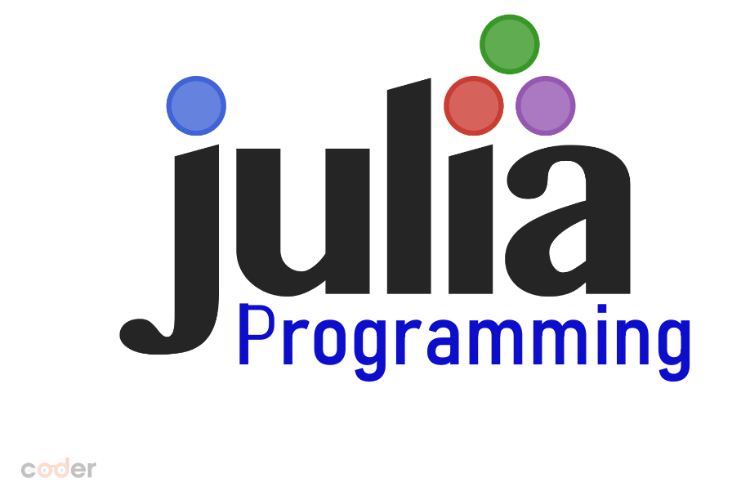
Why learn Julia
Julia is emerging as a go-to language in the data science, scientific computing and numerical analysis spaces. It aims to combine the ease of high‐level languages (like Python) with performance close to C.
As machine-learning, AI and data-intensive work become ever more central, a language that can handle both speed and expressiveness is highly desirable.
What makes it special
- Designed for numerical and scientific tasks: high-performance by default.
- Syntax is fairly accessible (for those already comfortable with high-level scripting).
- Growing community and ecosystem specifically around data, simulation, modelling.
- For developers who are in analytics, ML pipelines or scientific domains: knowing Julia gives you an edge.
When to pick it
If your work involves heavy data-processing, modeling, simulation, finance, or if you want to transition from “just scripting” to something more performant, Julia is worth exploring.
How to get started
- Install Julia and experiment with REPL (read-eval-print loop).
- Explore packages like ‘Flux.jl’ (for ML), ‘DifferentialEquations.jl’, etc.
- Convert or re-implement a small prototype you already have (e.g., a Python script) into Julia and compare performance/feel.
3. Zig
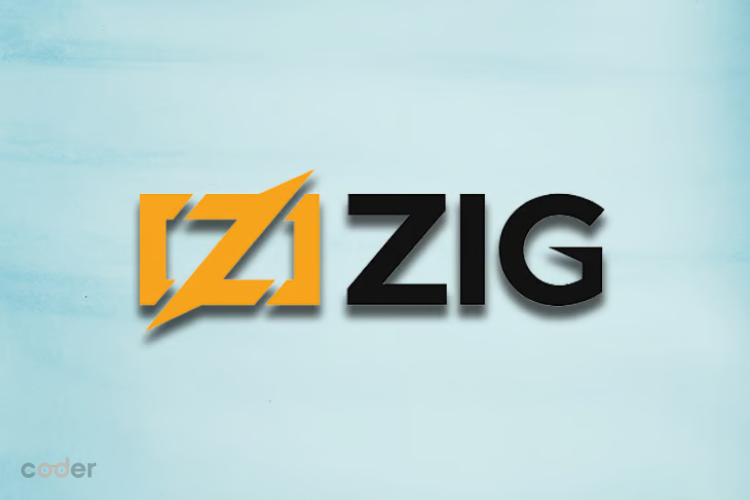
Why Zig is gaining attention
Zig is less widely known than Rust or Julia, but it has interesting momentum as a simpler, modern alternative to C while offering more safety. According to recent lists of “emerging languages”, Zig is one to watch.
It appeals particularly for system-level programming where you still want control but less complexity or boilerplate.
What stands out
- Simpler syntax, less “magic”, making it a good approach for those coming from C.
- Focus on compile-time performance, control, and safety.
- Growing buzz that it could fill a gap between “write-everything in C” and “move entirely to Rust”.
When to pick it
If you’re working in systems, firmware, embedded, or low-level code and want something cleaner, or if you’re curious about cutting-edge languages in that niche, Zig is a smart “side bet”.
How to learn
- Grab the Zig compiler and try writing small modules (file I/O, memory allocation, concurrency) to compare with C but in a modern style.
- Follow projects or blogs where Zig is used in game engines, embedded systems, or OS-level work.
4. Mojo
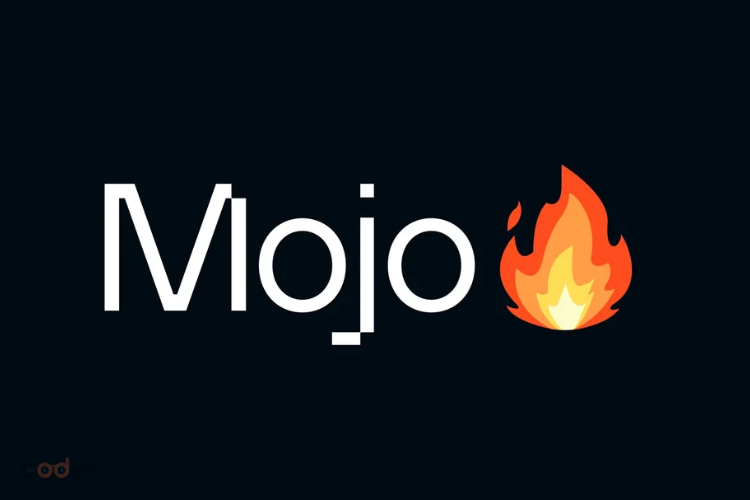
Why Mojo matters
For developers working in AI, machine learning, or performance-critical workloads, Mojo is something of a “game changer”. It blends the ease of high-level languages (like Python) with low-level performance (C, Rust) for heterogeneous computing (CPU, GPU) contexts.
Given the rising importance of AI infrastructure, languages tailored for that domain offer big gains.
What makes it unique
- Designed to leverage hardware (GPU/accelerator) while remaining accessible.
- Bridges the gap: you don’t have to give up productivity to get performance.
- For developers in ML/AI infrastructure, data-intensive tasks, this is forward-looking.
When to pick it
If your focus is AI/ML systems, data pipelines, performance work that goes beyond “just writing Python scripts” , diving into Mojo can put you ahead. Even if you only explore it as a “what’s next” after Python, you’ll gain insights.
How to start
- Install the Mojo SDK (currently for Linux/macOS) and play with small code snippets.
- Convert a Python-based ML task or script into Mojo and gauge performance/experience.
- Read up on compiler, hardware acceleration and how Mojo treats those concerns.
5. Elixir
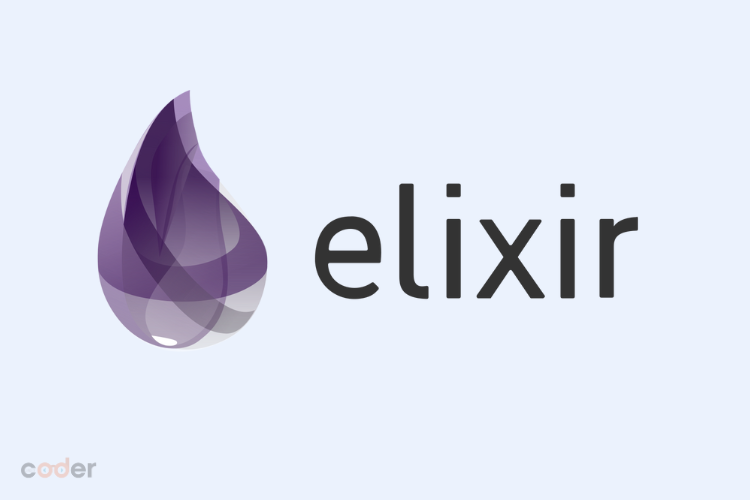
Why Elixir continues to rise
Elixir is a functional, concurrent language built on the Erlang VM (BEAM) and is optimized for building scalable, fault-tolerant systems, especially for web, real-time, distributed applications. It’s been gaining traction as companies build highly available services.
In an age where “always-on”, “real-time messaging”, “microservices” and “distributed systems” are everywhere, Elixir fits neatly.
What stands out
- Fault-tolerance and concurrency are first-class citizens.
- Clean syntax, a vibrant ecosystem around Phoenix (web framework).
- Great for real-time systems (chat, IoT, telephony) or services where uptime matters.
- Less “mainstream” than JavaScript or Java, so fewer but more specialized roles, but that can mean less competition for a niche.
When to pick it
If your interest lies in building scalable backend services, real-time applications (chat, streaming), or you want to explore functional paradigms with practical payoff — Elixir is a good choice.
How to start
- Install Elixir & mix (its build tool), build a small Phoenix app or simple real-time chat service.
- Explore how Elixir handles concurrency (processes, message passing) vs typical thread-based models.
- Dive into patterns of fault-tolerance and scalability (supervisors, patterns in Erlang/Elixir).
6. Kotlin (including Kotlin Multiplatform)

Why Kotlin still matters (and evolving)
While Kotlin is no longer “brand new”, it’s evolving in interesting directions, especially Kotlin Multiplatform, which allows sharing code across iOS, Android, web, desktop. As mobile, web and cross-platform apps become the norm, languages supporting that blur the boundaries.
What’s unique
- Full Java interoperability (runs on JVM) but with modern syntax, null-safety, coroutines.
- Multiplatform capability means you can write shared business logic across mobile & web.
- Ideal if you’re working in mobile or want to expand into full-stack cross-platform solutions.
When to pick it
If you’re a mobile developer (especially Android), or you want to build apps for multiple platforms without rewriting code, Kotlin makes a lot of sense. Also if you’re upgrading from Java or want a modern “next-step” language that still has enterprise support.
How to start
- Kotlin documentation + official “Kotlin for Android Developers” guides.
- Build a small shared library with Kotlin Multiplatform that you use in both Android and web/desktop.
- Explore coroutines, flows, and how Kotlin handles asynchronous programming elegantly.
7. Crystal
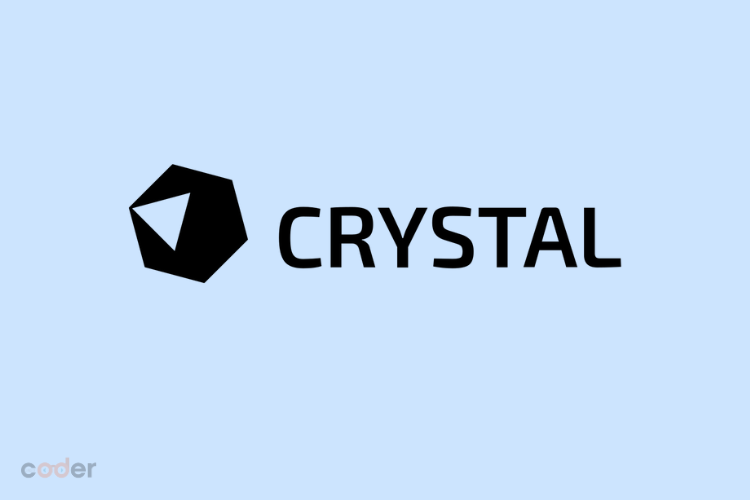
Why Crystal is worth a look
Crystal is a statically typed language with syntax similar to Ruby but performance closer to C. It’s less widely used than the previous choices, which means less tooling, fewer jobs, but for certain niches it offers a compelling balance.
What makes it interesting
- Ruby-style developer-friendly syntax (so if you’re from web dev or scripting you’ll feel comfortable).
- Compiles to native code, so performance is much better than typical scripting languages.
- Good for building web apps, CLI tools, or where you want readable syntax but more speed.
When to pick it
If you have a Ruby background (or just prefer the Ruby-style syntax), and you’re building web or scripting tools where performance still matters — Crystal can be a fun and practical choice. Also good “side” language to broaden your horizons.
How to start
- Install Crystal and experiment with basic syntax (class definitions, modules, types).
- Build a small web API using e.g., Amber (a Crystal framework) to compare to Ruby/Rails in performance and feel.
- Explore the tradeoffs: smaller ecosystem but interesting speed gains.
II. How to Choose & Prioritise
With seven good options, how do you decide which one to learn? Here are some guiding questions:
- Your domain: Are you in mobile/web full-stack, backend/distributed, data/ML, systems/embedded? Choose accordingly.
- Career trajectory: Do you want to move into new areas (e.g., AI infrastructure, concurrency, cross-platform) or deepen your current stack?
- Ecosystem & job-market: While “emerging” languages may not yet have huge job listings, they exhibit strong growth signals. For instance, emerging-language lists mention Rust, Zig, Mojo etc.
- Personal interest: Programming languages are also tools of expression. If you enjoy the aesthetics of a language (syntax, paradigms, tooling) you’ll stick with it longer.
- Complement not replace: These emerging languages don’t necessarily replace mainstream ones immediately. For many developers, adding one new language per year (or one every two years) is a sustainable strategy.
Conclusion
The tech-landscape never stands still. By choosing to learn one or more of these top 7 emerging programming languages, you’re signalling that you’re not just keeping pace, you’re preparing for what’s next. Whether it’s the safety and performance of Rust, the AI-centric promise of Mojo, the cross-platform versatility of Kotlin, or the readability-meets-speed of Crystal, there’s something here for every developer.
Pick wisely: match the language to your path, build something small, iterate, and you’ll have not just “another language” on your resume, you’ll have a skill that differentiates you.
Happy coding, and welcome to the next frontier.







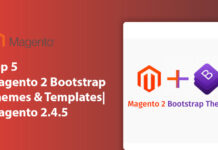



![[SALE OFF] Discount 30% All Premium Extensions On Christmas And New Year 2025 christmas-and-new-year-2025](https://landofcoder.b-cdn.net/wp-content/uploads/2024/12/christmas-and-new-year-2025-1-218x150.png)






